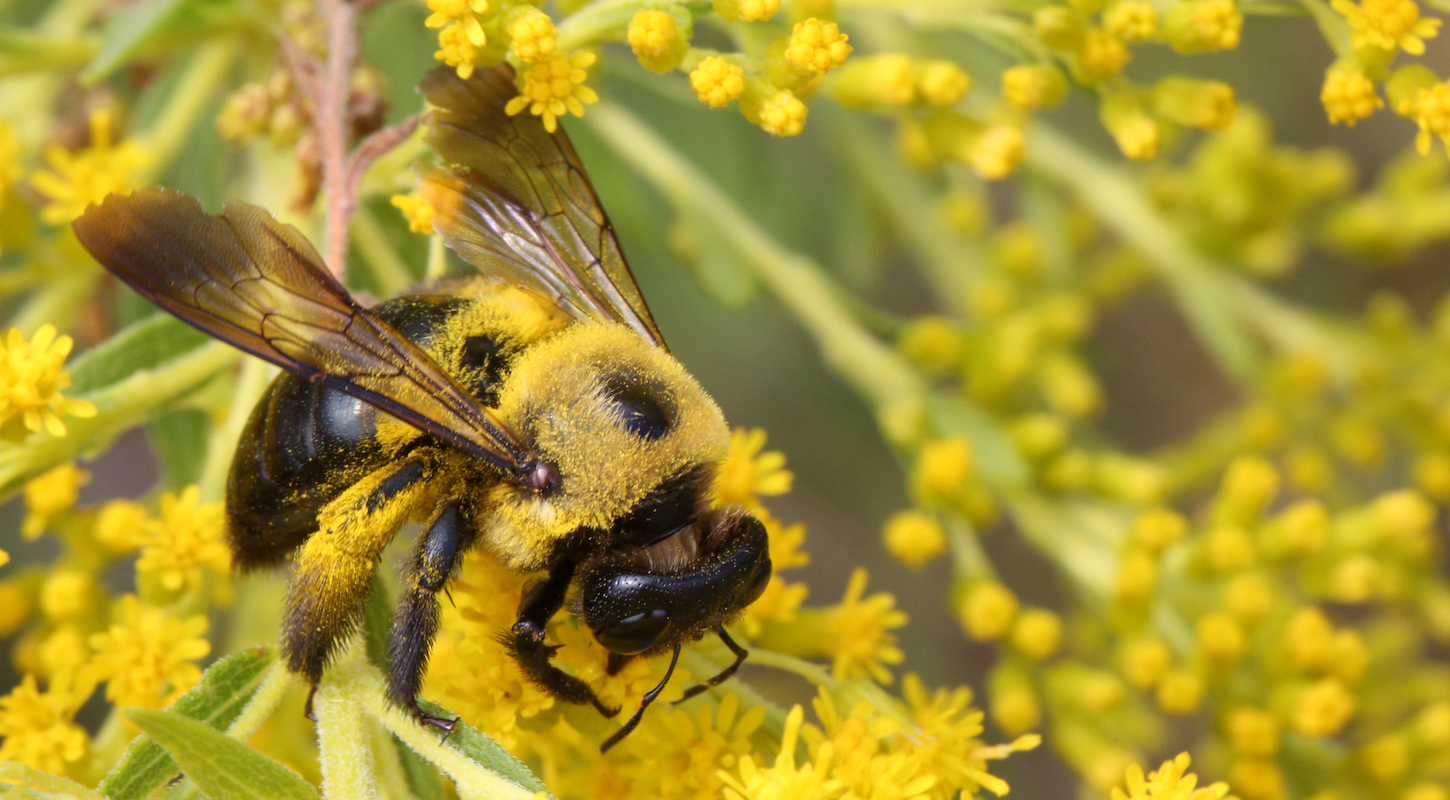Winter—even the degraded, largely toothless latter-day version—has a peculiar quality of seeming to last forever. It erases every other season from my mind. All year long I can conjure, instantly, what winter is like: the dead white sky or the weak slanted sun; a grim brown vista of leafless trees; the hours and hours of gloomy blue at either end of the abbreviated day, so that any room with a window feels dark even with every light on; what wind sounds like without even autumn's dry rattly foliage to rustle or toss. These are not just picture memories, but vivid sensory recall: I can feel cold, sore from shivering, the insulting damp misery of rain just a little too warm to turn into snow.
Whereas on the first day of winter, I can't recall what yesterday was like. That is only barely an exaggeration. My wintertime memories of summer are thin, insubstantial, unreal-seeming, more like imagining than actually remembering; I try to picture the forest bursting with green and it's like my mind is a clumsy amateur sketch-artist who's never been outdoors before. I dunno, I guess a summertime tree is like a big brown plus-sign with some green scribbling around it? I try to conjure the sounds and smells of a bustling summertime beach boardwalk and end up with the inside of a busy mall on Black Friday.
I think of this as a way my psyche defends itself against even deeper plunges into seasonal depression. If, in January, I can't recall, say, the salty smell of the ocean carried on hot air except as a the barest sketch of a thing that exists and theoretically can be experienced—then I can't miss it as sharply. If winter is just What Being Alive Has Always Been Like, then, hell, maybe I can even be glad for the days it sucks somewhat less. After all, I can't do more than vaguely imagine any better ones.
A side effect of this is that the return of spring always hits me like a train. Like the happy equivalent of being hit by a train. Some early daffodil greenery pokes through the moss to greet the sun and I'm flipping out like I just got called down from the audience on The Price Is Right. Families welcoming their loved ones back from war hardly do so more joyously than I greet the first pink blush at the twig-end of trees. It happened! The fabled "spring," long dismissed as a myth by so-called "experts"! For the first time ever, the universe now contains life! The arrival of daylight saving time is like Christmas morning, only better, because it's not winter.
And then I hear it. Fip. Fipfip. Fip ... fi-fipfip. Fip. Fip. Another thing I forgot, another harbinger of spring: the sound of fat carpenter bees thumping off the outside of the windows of my home, which is made of logs, which they are eating and laying their eggs inside. The days get longer, the air heats up, exceeding some internal meteorological threshold of theirs, and here they come, burrowing up and out from their tunnels in the exterior walls of my home, leaving big nasty gouges in the dumb logs, dozens of them, always more than even the hilariously extreme number of traps posted about the place can hope to catch. Pugnacious and clumsy, they fight with each other in midair near their holes and smack into the windows. It's a meaty and revolting sound, all the worse for its arrhythmia: Fip. Fip. Fipfip ... Fip. Fip. Fipfipfip. All the worse for what it means: These things are eating my house. It's like a taunting Morse-code reminder: "Hey, we're just out here, eating your house and depositing our next generation in the holes."
What the carpenter bee does is, it bores a perfectly round dime-sized tunnel in wood, leaving a little pile of fine sawdust by the exit. The tunnel goes straight for an inch or two, then hangs a 90-degree turn and goes for several more inches. At the end of this L-shaped tunnel, the bee lays its eggs. The following spring, the new bees do not travel back along the L-shaped tunnel toward the existing exit, but rather burrow directly out by the shortest route through the wood, turning the L into a C; the exterior wood in between the ends of the C, as often as not, simply falls off of the house, leaving a deep gouge and exposing the untreated interior of the wood to the elements. When the new bees decide they are ready to make some babies of their own, they return to the tunnel, burrow some inches farther along, and deposit their eggs. And the whole cycle goes on and on for as long as it can, the tunnels growing longer and the wood gradually turning into Swiss damn cheese.
I hate the carpenter bees! God forgive me, I hate the carpenter bees. I hate them because there are no birds or bugs or spiders around here that eat them, even though they certainly seem like the kind of big plump morsels a bird or spider should lust after. I hate them because they can't be dissuaded from eating my house. I hate them because, strictly speaking, they are not actually eating my house so much as they are chewing it into sawdust a little bit at a time but not consuming it, so that the poisons that keep wood-boring beetles from destroying my log house do nothing to the carpenter bees. I hate them because if they were not doing this to my home I would find them, honestly, adorable, with their dopey shiny butts and fuzzy vests, their ludicrous belligerence, their busy tunneling, their love of flowers. I hate them because all of this amounts to the mandate that I kill them, in ugly and awful ways, which brings me back to the traps.
A carpenter bee trap is not complex. It's a box, maybe six inches to a side, with some dime-sized holes on its upright faces that look like carpenter bee tunnel openings. On the bottom it has a bigger hole, and out of this bigger hole hangs either a small glass jar or a clear plastic cylinder, a couple inches across, open at the top and closed at the bottom. You hang the carpenter bee trap near a carpenter bee hole (side note: If I hung one by each carpenter bee hole on my house, you would be unable to see my house for all the traps); a territorial carpenter bee explores the holes on the sides of the trap, crawls in, travels down into the jar or tube, and then can't escape: The walls of its death-chamber are too smooth for climbing, and there's not enough room for the clumsy bee to fly out.
So the goofy guileless bee, which is not even capable of harboring malicious intent toward me or my home, which is only trying to live and visit flowers and make babies, simply dies inside this hot jar, slowly and terribly, buzzing frantically the entire time, struggling to escape. It rests at night and then in the morning resumes its desperate struggle for as long as it can, and then dies in there. That was its whole life. Then its dead body emits chemicals or pheromones or whatever that attract more carpenter bees into the trap. Before long the jar or cylinder is filled with dead carpenter bees, so many of them in fact that the trap loses effectiveness, because now a carpenter bee can stand on the pile of dead carpenter bees and climb out of the jar or cylinder. So if you can catch a moment when all the bees inside the trap are dead, when there are none in there desperately struggling for their lives, you must dump all the dead carpenter bees out onto the ground, so that the trap can catch more. This is an awful business and I hate it. It's also, so far as I can tell, the most effective carpenter bee removal method shy of, like, going outside with a tennis racket and smashing them to death individually.
As it stands I can't linger outside on a lovely spring day or the sound of carpenter bees struggling futilely inside the traps will fill me with clammy guilt and horrible pity and a doomed moral panic that brings me to the verge of tears. If I stay indoors, it's somehow worse, both because of the fipfip—fip ... fip action and because I will then know that I am simply avoiding a sensory reminder of the cruel death I'm visiting upon these dumb clumsy living things instead of, say, being merciful, setting them free, ridiculously, because then they would go back to boring destructive tunnels into my home. So I kind of lurch around, stressed and defensive and to varying degrees horrified at myself, my hatred of the bees as real and undeniable as the fact that they can do nothing to deserve or warrant it, from March through whatever point in May or June the bees have finished filling the walls of my home with their eggs and suddenly, almost overnight, disappear for the rest of the year.
I suppose I hoped, stupidly, back at the beginning of this absurd annual battle, that if the traps did a great job there simply wouldn't be any carpenter bees chewing up my house the next year, and then I wouldn't have to kill great big snowdrifts of them. Each year, having all but totally forgotten spring over the preceding winter, I entertain this hope for a day or so: This is the year the traps catch enough of them to disrupt their lifecycle, leaving fewer and fewer each spring until there are none left and my terrible springtime murder-spree can end. This is a ludicrous and impracticable idea. There simply are too many carpenter bees. Some number will pair off and make next spring's batch before they can be caught; it only takes a few of these to create just as many carpenter bees as erupted from the walls the previous March, and the one before. Each spring the exterior of my house will have more tunnels, more yawning trenches, more places for rot to creep in, more visible reminders that all of this has been to some degree pointless and futile and thus all the more abominable, and also that I simply cannot stop doing it every year, forever.
Nothing was supposed to be anything like this. At least I get to forget it all over again in nine months.






